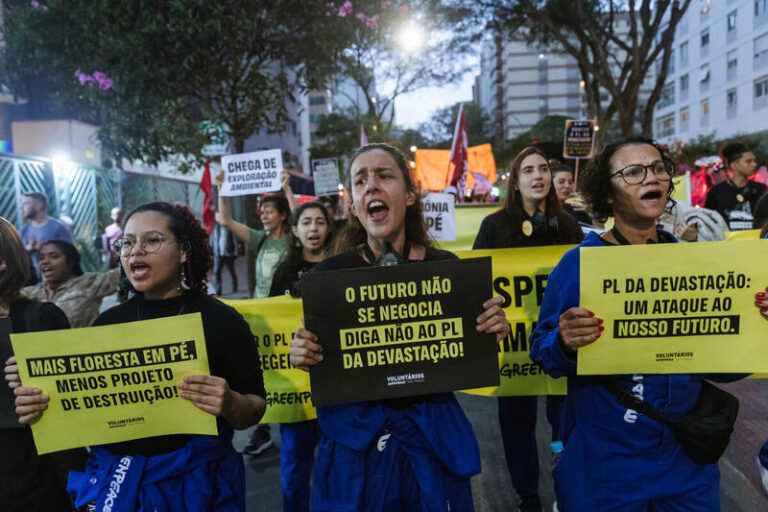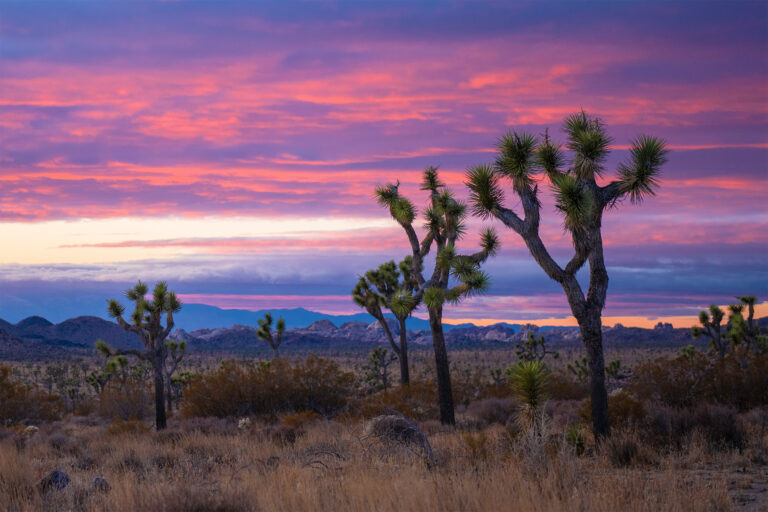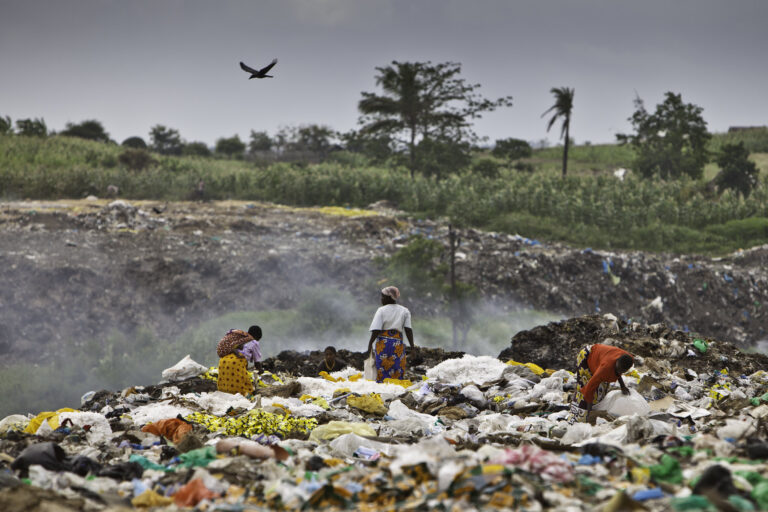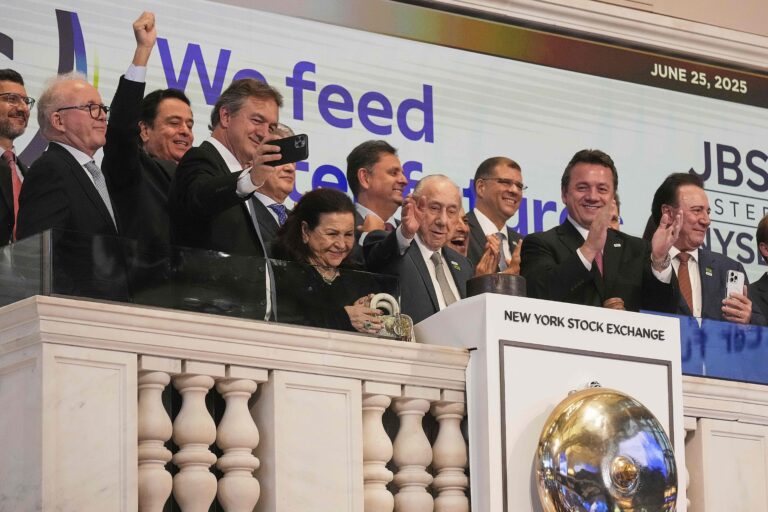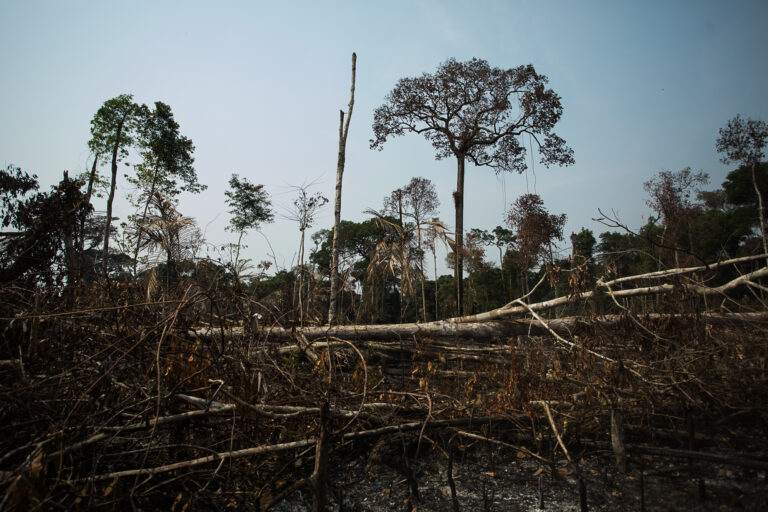- As a controversial bill passes in Brazil, environmentalists prepare for the “last stand” to save the Amazon.
- Brazil’s Congress approved a sweeping reform of environmental licensing laws aimed at accelerating projects, such as the BR-319 highway renewal.
- The highway cuts through one of the most preserved regions of the Amazon, and its restoration is likely to lead to widespread deforestation, as happened with other roads.
- Infrastructure projects such as the Ferrogrão railway, oil prospecting on the Amazon coast and routes linking the Amazon to the Pacific benefit from the new bill, with support from President Lula.
In the heart of the Amazon Rainforest, a long-dormant infrastructure project is roaring back to life. Highway BR-319, an 885-kilometer (550-mile) stretch linking the cities of Manaus and Porto Velho, was initially inaugurated in 1976 but never fully paved. It fell into disrepair shortly after, abandoned for decades as the forest reclaimed much of the dirt and cracked asphalt. Some stretches became undrivable, especially in the rainy season.
Local politicians have long been asking the federal government to fully pave the road to connect the two state capitals, arguing that it would help connect Amazonas state to the rest of Brazil — much of the flow between the cities is done by the Madeira River, a trip that could take up to six days.
However, BR-319 cuts through one of the most preserved regions of the Amazon, and environmentalists warn that rebuilding the highway will drive deforestation, as has happened repeatedly with other roads. Some say it could lead to the rainforest reaching its tipping point, at which the Amazon would no longer be able to sustain itself as a rainforest, becoming a savanna.
“BR-319 is the first domino in a chain of effects that will affect not only all regions and populations of Brazil, but also the biomes and populations of all of South America and, ultimately, the entire planet,” Marcos Woortmann, environmentalist and adjunct director at the Democracy and Sustainability Institute, told Mongabay.

His warning reflects a broader chorus of concern: that beyond facilitating traffic, rebuilding the highway will open a gateway for land-grabbers, loggers, cattle ranchers and other devastation agents into one of the world’s most ecologically critical regions. In 2024, a technical brief from the environmental ministry stated that the additional deforestation from reconstructing BR-319 would release billions of tons of CO2, making it impossible for Brazil to achieve its climate goals under the Paris Agreement.
Previous right-wing federal administrations couldn’t move the project forward, even though they notoriously backed policies favoring the so-called “development” over environmental concerns.
Still, in May, the Brazilian Senate approved a bill that eases environmental licensing, a sweeping reform with triggers that could accelerate infrastructure projects deemed as “strategic,” such as the BR-319. In July 17, the motion, known as the ‘devastation bill,’ was approved by the lower chamber. Echoing demands from local political leaders, leftist President Luiz Inácio Lula da Silva also pledges to rebuild the road.
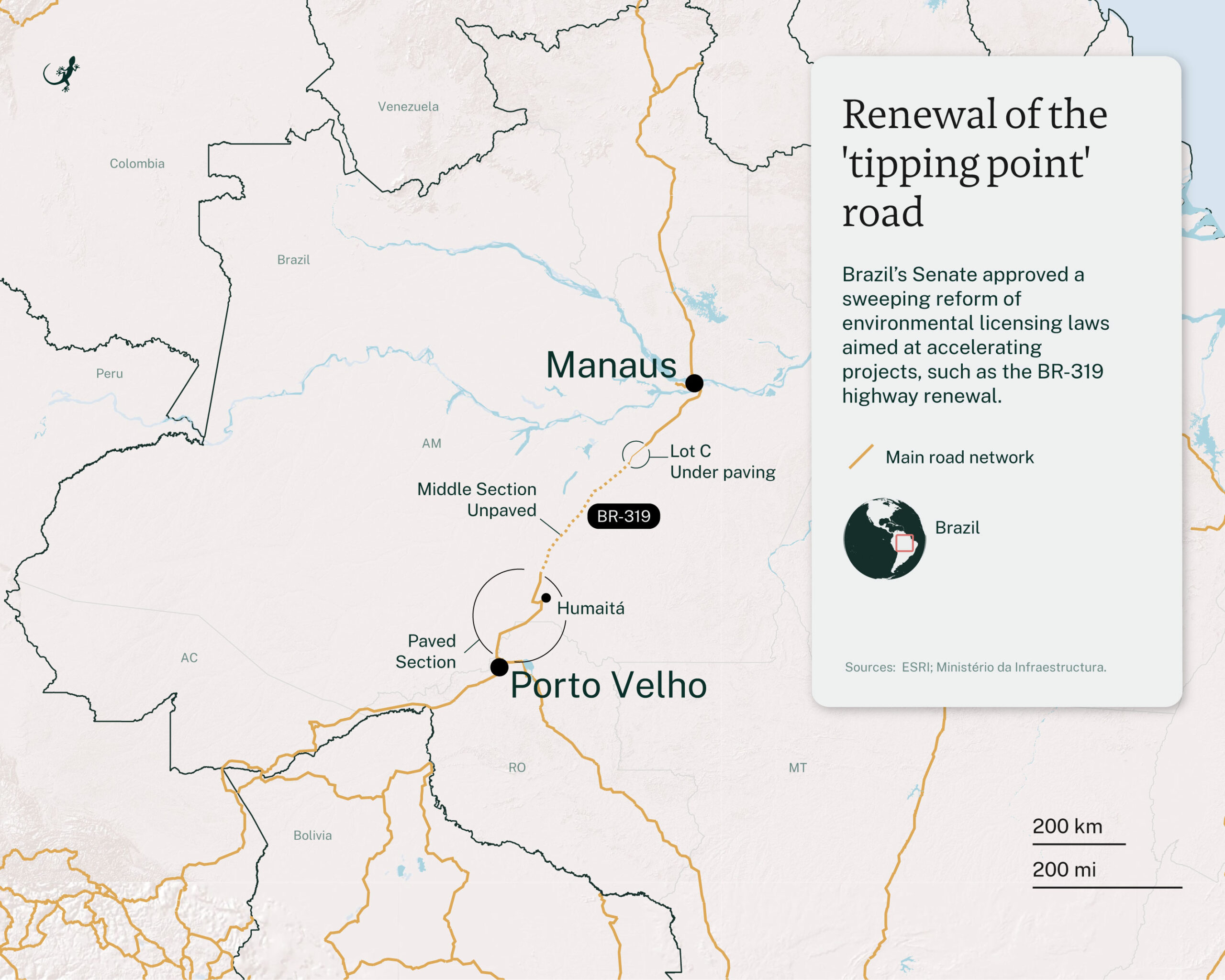
A highway to collapse
Recently, BR-319 has become emblematic of an ideological clash over the future of the Amazon, the country’s most valuable natural asset and a key element in fighting climate change worldwide. BR-319 bisects a vast, relatively preserved region between the Purus and Madeira rivers, home to 69 Indigenous territories and 41 conservation units. Preservationists argue its renovation would ignite a chain reaction often called the fishbone pattern: from above, smaller roads branch off from the main one, resembling a fish spine, giving access to loggers and settlers.
The licensing process for BR-319’s central stretch renovation began under far-right President Jair Bolsonaro (2019-22), when the environmental agency IBAMA granted a preliminary license in 2022. The move sparked legal backlash, and a court order suspended the license over concerns about the project’s environmental feasibility.
In September 2024, Lula publicly supported the highway’s reconstruction. While acknowledging international pressure to protect the Amazon, Lula framed the project as a path toward sustainable development. “We want to use the Amazon not as a sanctuary for humanity, but as this country’s sovereign heritage, studying the wealth of biodiversity and enabling Indigenous peoples, riverine communities, rubber tappers and extractivists to live and earn money from the preservation of the Amazon,” he said.
The latest chapter in this story is being written by Congress. Among other changes, the new environmental licensing bill under discussion could allow many infrastructure projects — like BR-319 — to be considered merely “maintenance” works, bypassing the requirement for full environmental impact assessments. The supporters of the highway could also benefit from the provision that allows projects deemed “strategic” to bypass environmental review entirely if approval takes more than a year. And who decides what’s strategic? A politically appointed council, not environmental authorities. “What this law does is make the licensing of BR-319 practically automatic,” Woortmann explained. “It removes the very mechanisms we rely on to prevent ecological disaster.”
The highway is far from the only infrastructure project that could benefit from the new bill. Special licenses may also be applicable to projects such as Ferrogrão, a railway connecting Brazil’s granary states to the Tapajós River, and oil prospecting on the Amazon coast. The bill could also speed up infrastructure projects linking the Amazon with the Pacific, with help from China. Brazil’s current strategy is a “denialist move,” according to Suely Araújo, former president of IBAMA and public policy coordinator at nonprofit coalition Climate Observatory. “This is the worst legislative text in environmental policy since 1981,” she told Mongabay, referring to the year Brazil’s government signed the National Environment Policy, the country’s legal framework for environmental preservation. “It’s the implosion of environmental control in Brazil.”
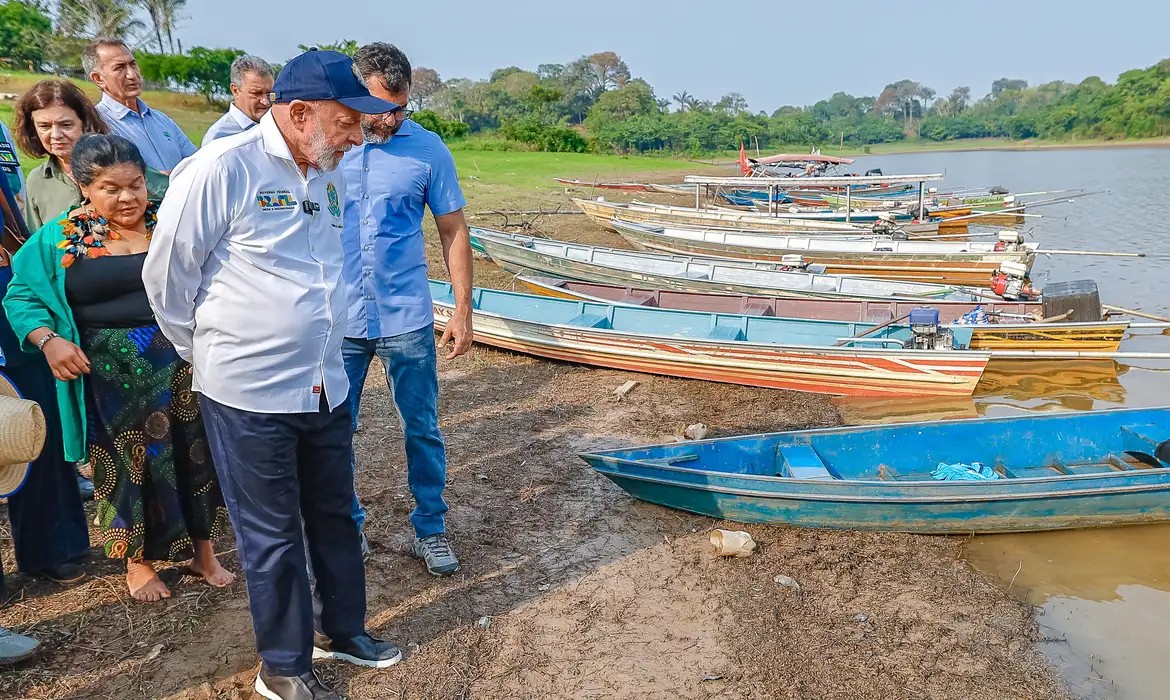
The warning signs are already visible as criminals sense that the road revitalization is close. Satellite images show that, during Bolsonaro’s presidency, deforestation increased by more than 140% in a 50-kilometer (31-mile) strip around BR-319. According to InfoAmazônia, the tree loss amounts to 132,000 hectares (326,700 acres) — nearly the size of São Paulo, Brazil’s largest city and the most populous in the Americas. And, according to a report from researchers at the Minas Gerais Federal University, the BR-319 renovation would result in a fourfold increase in deforestation rates around the road.
This deforestation isn’t confined to the roadside. As in similar projects, a fishbone effect emerged from BR-319, with informal roads built by loggers, miners and unauthorized land settlements stretching into the forest, encouraging illegal occupation within fragile ecosystems. According to nonprofit Imazon, out of 3.5 million kilometers (2.1 million miles) of roads cutting through Brazil’s Amazon Basin, 86% are unofficial. “The area west of BR-319, known as the Trans-Purus region, is being claimed by large land-grabbers,” said Philip Fearnside, Research Professor in the Department of Ecology at the National Institute for Research in the Amazon and a regular commentary writer for Mongabay.
The BR-319 project also intersects with what scientists call a climatic tipping point. Studies indicate that once 20-25% of the Amazon is deforested, the forest will reach a point of no return and won’t be able to sustain itself, with plummeting rainfall and uncontrollable dry-season fires. Currently, 13% of the biome has been lost, according to the Monitoring of the Andean Amazon Project, an initiative by the preservation nonprofit Amazon Conservation.
The rest of South America risks seeing an interruption in its hydrological cycle, since approximately 50% of all rainfall in the Amazon is recycled into rain elsewhere in the continent. Reaching the tipping point will almost certainly disrupt this cycle, causing severe drought across South America. “We are knocking on the door of the collapse of the Amazon system,” Woortmann said. “And BR-319 could be the shove that breaks it open.”

Brazil’s climate gamble
Meanwhile, the government appears to be attempting to strike a balance between preservation and development. In April, the transportation ministry presented its plans to pave BR-319’s midsection using a “parkway” model. The project includes 4-meter (13-foot) fences to isolate the road, electronic monitoring and limited access points for surrounding villages. It would also feature 170 wildlife crossings through tunnels below the road and fixed posts for improved monitoring by the Federal Police and IBAMA inspectors, helping them deter environmental crimes.
In addition, the Brazilian government is advancing a plan to convert unallocated public lands near the highway into protected areas. Two of the government’s four priority zones included in the plan are located around BR-319, where officials hope conservation designations will serve as a buffer against the environmental damage expected from paving the road.
Still, experts remain skeptical that those measures will be effective. Araújo said the “parkway” plan “can’t be taken seriously,” especially in a region long marked by lawlessness and weak institutions. “There, issues are solved by the bullet, without any control. The region needs a state with capital S,” she said. Woortmann echoes that concern: “We are dealing with areas the size of European countries patrolled by two rangers,” he said. “Environmental careers are the most abandoned in the federal system. People won’t risk their lives to protect a forest.”
President Lula’s support for BR-319 reflects a political quagmire. His vocal commitment to reducing deforestation and meeting climate goals contrasts with backing a project that could sabotage those objectives. However, Lula’s fragile base in Congress and decreasing popularity leave him in a far from comfortable position to seek reelection in 2026. Some view this balance between preservation and development as a politically calculated move to shield support in the Amazon region.
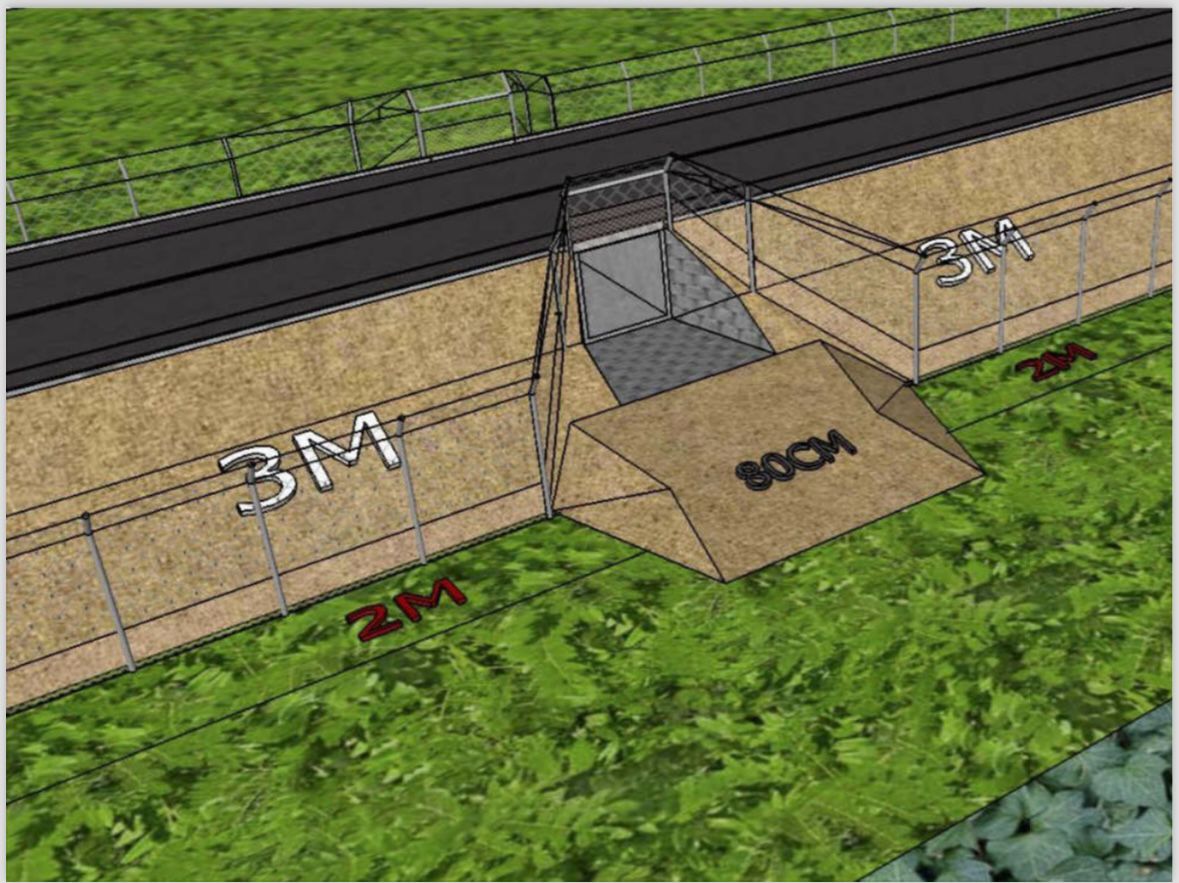

Fearnside blamed the “fiction” of using BR-319 for transporting goods or passengers between Manaus and the rest of the country on a “cycle of misinformation” in the region. “The BR-319’s function is to feed this cycle, and also a political function, which is to win votes in Manaus,” he said, stating that the Amazon rivers are much more efficient for shipping.
Fearnside argued that if Lula wants to be a true global leader on climate, he must start by halting BR-319. “Brazil has to lead by example,” he said, warning that speeches alone won’t curb global warming and undermine the president’s credibility. “The time for him to make this turnaround is now,” Fearnside urged, stressing that real leadership means protecting the Amazon, not just promoting sustainability abroad while enabling destruction domestically.
Central to the highway controversy is Minister of Environment and Climate Change Marina Silva. Defenders of BR-319 single her out — an Amazon-born preservationist — as an “obstacle to development” in the government. On the other hand, Silva stops short of rejecting the renovation, saying that any work on the highway should be done after an “environmental strategic assessment.”
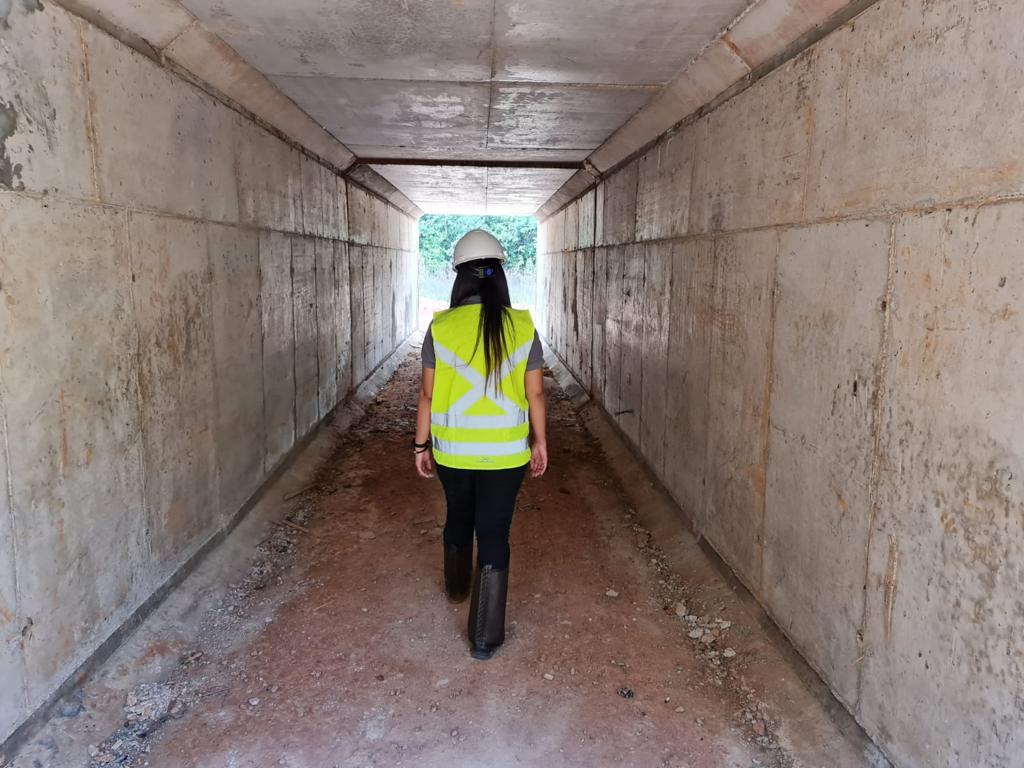
However, debates between Silva and oppositionist Amazon senators have been harsh. In March, Senator Plínio Valério said he felt like “strangling her.” His colleague Omar Aziz chose irony to attack the minister’s position. “We do want the BR-319, Minister, to go for a ride, as you said,” Aziz said at a Senate hearing with Silva in May. “We want to drive on BR-319 as you go for a walk on Paulista Avenue,” he said, referring to São Paulo’s busiest, most iconic avenue.
As eager as Lula and other politicians might be to see BR-319 rise as a path toward prosperity, the move could backfire economically due to environmental clauses in international trade agreements. Bruce Babbitt, former U.S. Secretary of the Interior and a board member of Amazon Conservation, warned that the European Union and the U.S. could trigger sanctions or trade barriers to products derived from illegal forest clearing. “There’s been some success in the past [by imposing restrictions], and it’ll certainly be a part of our response to this.”
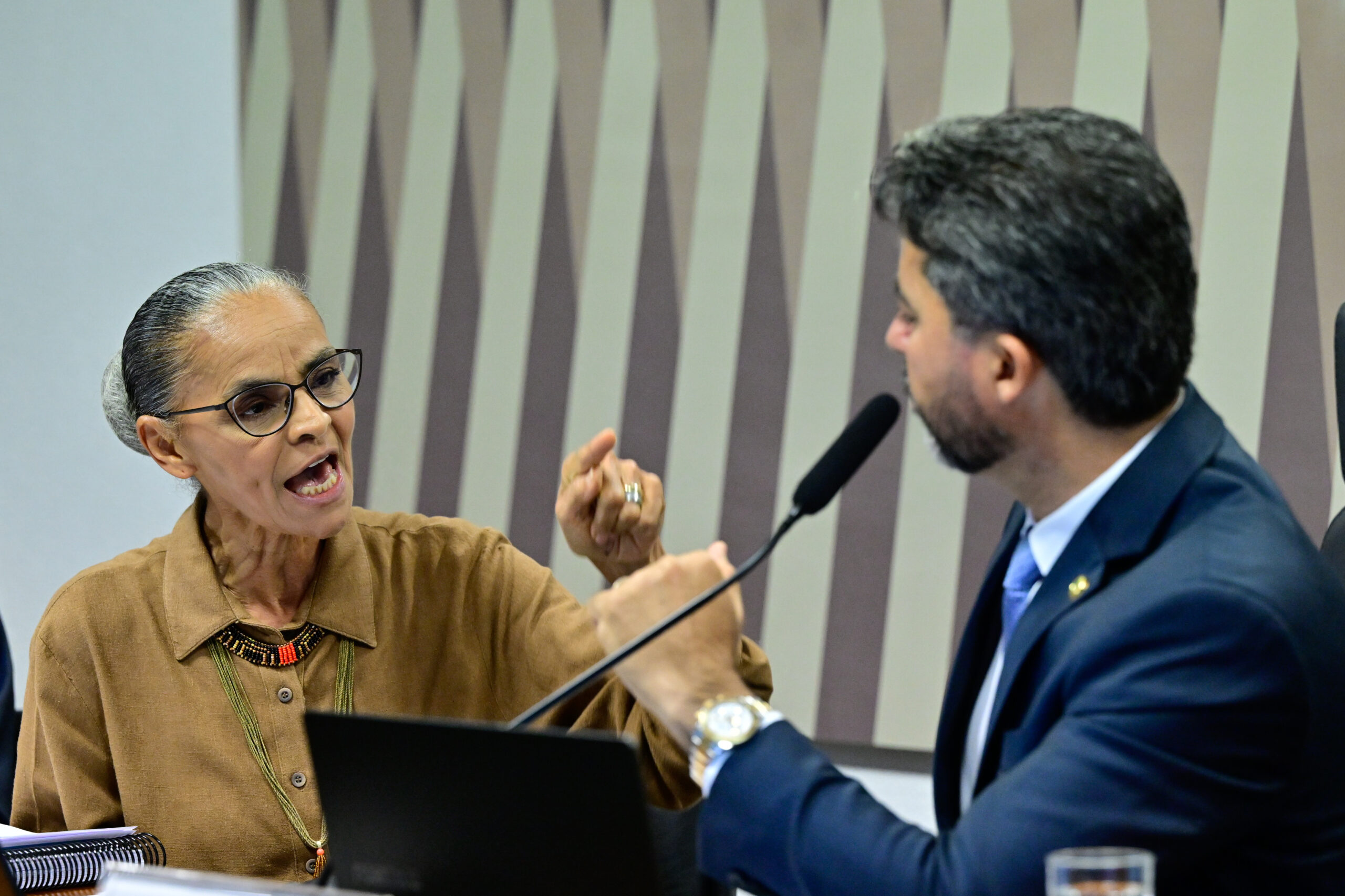
The last line of defense
As the BR-319 project inches forward, environmentalists and civil society are mobilizing for what they see as the last stand for the Amazon.
Araújo sees a few remaining paths. One is judicial intervention from Brazil’s Supreme Court: one justice already conceded that the environmental licensing bill will certainly be a target of legal challenges. Another is a political deadlock that shelves the bill indefinitely. Both cases, however, will require enormous pressure from civil society and international stakeholders to succeed.
Woortmann said he believes the solution lies in enforcing the Ecological Transformation Pact, an agreement signed in August 2024 by Brazil’s executive, legislative and judiciary branches to enable sustainable development, social justice and resilience to extreme climate events. For him, the state must come together with civil society “to steer Brazil away from this precipice.”
Babbitt echoed the sentiment. “This is of worldwide importance. The destruction of the Amazon accelerates climate change with global consequences. COP30 in Belém will be a pivotal moment. We need to ensure that opposition to this legislation is at the top of the agenda.”
Banner image: Despite its poor condition, the BR-319 highway from Manaus to Porto Velho is one of the main official roads crossing the Amazon, along with the BR-230 Trans-Amazonian Highway and the BR-163 from Cuiába to Santarém. Image by Gustavo Faleiros/Amazônia Real via Flickr.
UPDATE (7/14/2025): The article was updated to reflect that the Monitoring of the Andean Amazon Project is an initiative by the preservation nonprofit Amazon Conservation.
UPDATE (7/17/2025): The article was updated to reflect that the environmental licensing bill was approved by the Brazilian Congress.
Ahead of hosting COP30, Brazil is set to weaken environmental licensing
FEEDBACK: Use this form to send a message to the author of this post. If you want to post a public comment, you can do that at the bottom of the page.









